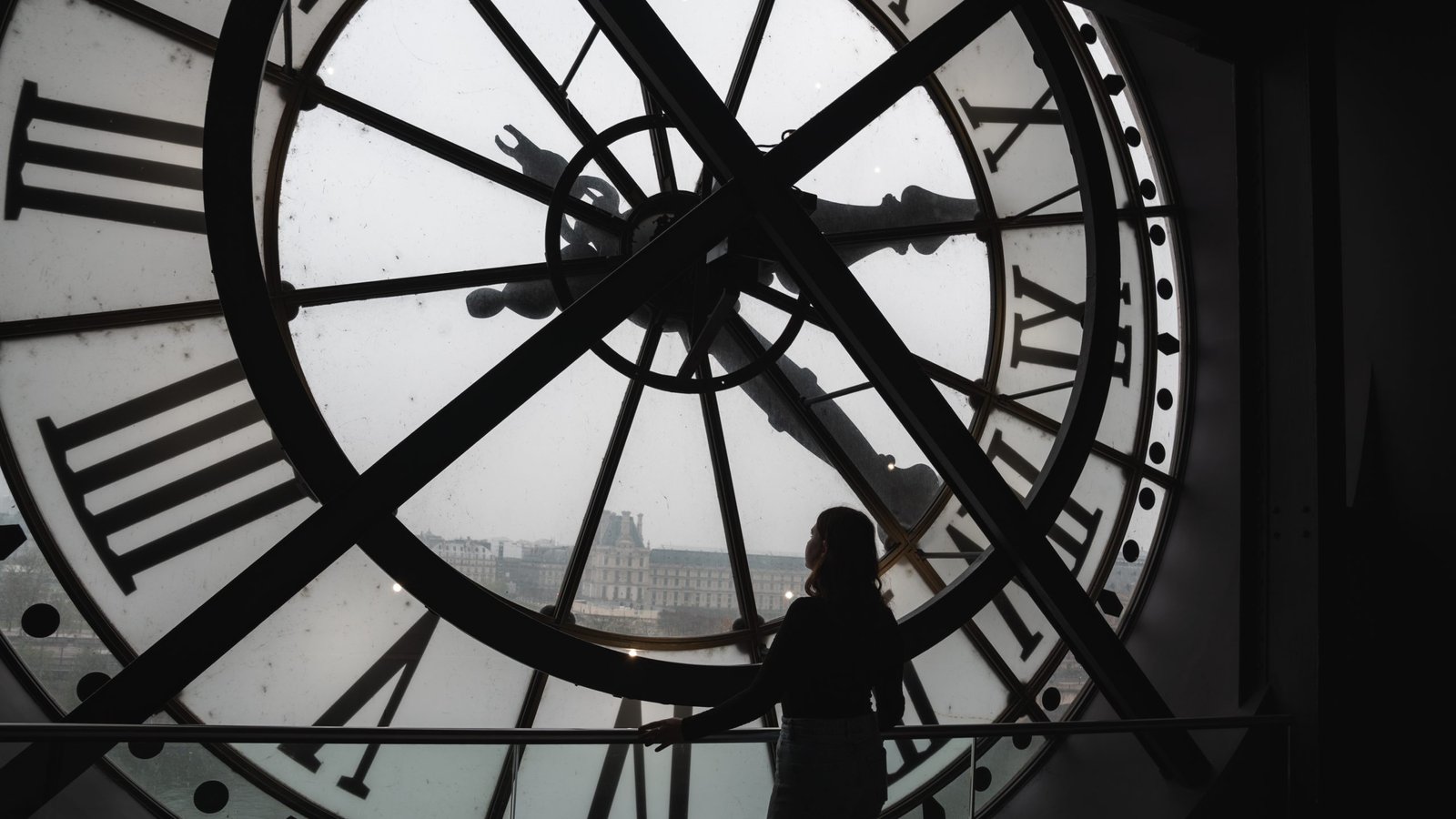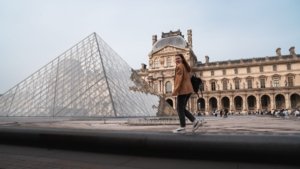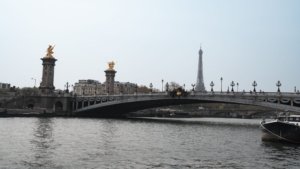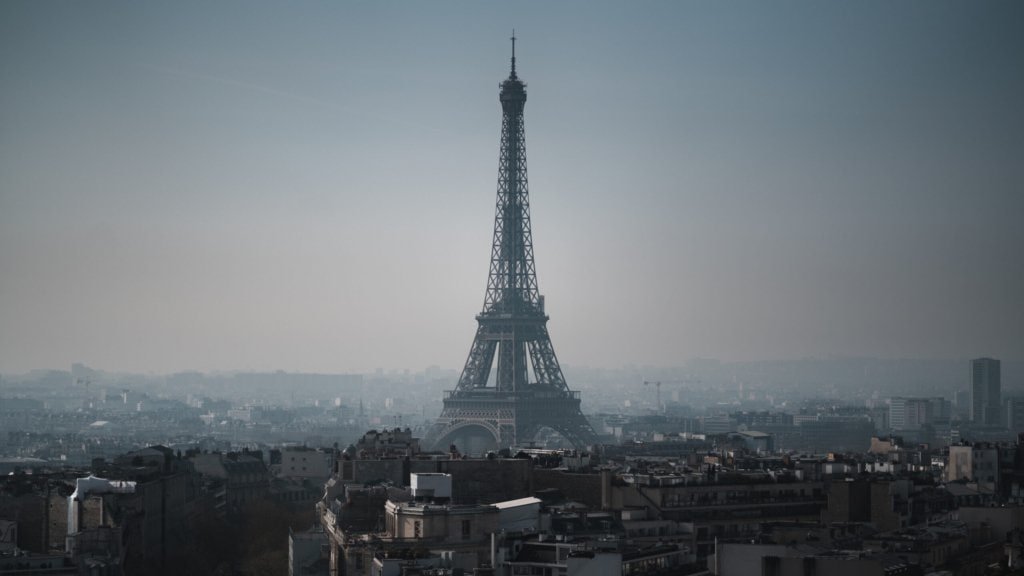The Musée d’Orsay is a highlight of the art world in Paris alongside the Louvre. It is located in the 7th arrondissement of Paris, on the south bank of the Seine, opposite the Jardin des Tuileries. A visit is an unforgettable experience that offers a deep insight into the fascinating world of 19th and early 20th century art.
History of the museum
The building that now houses the museum was originally a railway station: the Gare d’Orsay. Built by Victor Laloux for the Universal Exhibition of 1900, the station served long-distance trains to the south-west of France until 1939. In 1977, on the initiative of French President Valéry Giscard d’Estaing, it was decided to convert the station into a museum. The firm ACT Architecture oversaw the conversion until the opening of the Musée d’Orsay in 1986.
The architecture
The architecture of the Musée d’Orsay is as impressive as the works of art it houses. The building itself is a work of art that combines the industrial aesthetics of the 19th century with the elegance of Beaux-Arts architecture. The great hall that once housed the railway tracks is now filled with sculptures that glow in the natural light that streams through the huge glass roof.

Collection and temporary exhibitions
The Musée d’Orsay houses the world’s largest collection of Impressionist and Post-Impressionist paintings. More than 4,000 works are on display over an area of 16,000 square metres. The paintings, sculptures, prints, photographs, decorative arts, design and architecture date, with a few exceptions, from between 1848 and 1914.
The Musée d’Orsay is also known for its many special exhibitions and cultural events. These are often temporary exhibitions that explore a particular theme or shed light on lesser-known aspects of art history. Concerts, lectures and workshops also enrich the cultural programme and make the Musée d’Orsay a lively place to meet and discuss.
Artists
The Musée d’Orsay houses works by some of the world’s most famous artists. Here are some of the major artists whose works are on display at the museum:
- Vincent van Gogh was a Dutch painter and draughtsman who is considered one of the founders of modern painting and is known for his intensely colourful paintings.
- Claude Monet was a French painter who is considered one of the founders of Impressionism. He is best known for his paintings of Paris and nature.
- Gustave Courbet was a French realist painter known for his depiction of the physical truth of things, even if that reality was simple and imperfect.
- Édouard Manet was a French painter who is considered one of the forerunners of modern painting and became famous for his paintings of Parisian life.
- Jean-François Millet was a French realist painter known for his realistic depictions of peasants and landscapes.
- Pierre-Auguste Renoir was a French artist and one of the leading painters in the development of Impressionism, known for his depictions of beauty and especially female sensuality.
- Edgar Degas was a French painter, sculptor and printmaker who played an important role in the Impressionist group and was famous for his paintings of Parisian life.
- Berthe Morisot was a French Impressionist painter known for her representations of women and children as well as her landscapes.
- Paul Cézanne was a French painter who served as a link between the Impressionism of the late 19th century and the Impressionism of the early 20th century, Cubism.
These are just a few of the many artists represented at the Musée d’Orsay. Their works are a must-see for anyone interested in art, and each has made a unique contribution to the history of art.
The Musée d’Orsay is more than just a museum. It is a place where art and history meet, where visitors become time travellers to another era. With its impressive collection and temporary exhibitions, it is a must for any art lover and an exciting addition to any visit to Paris.














